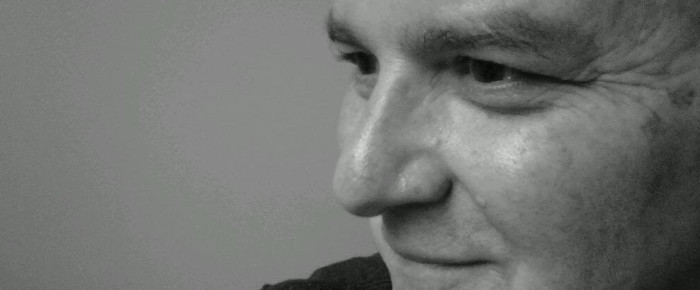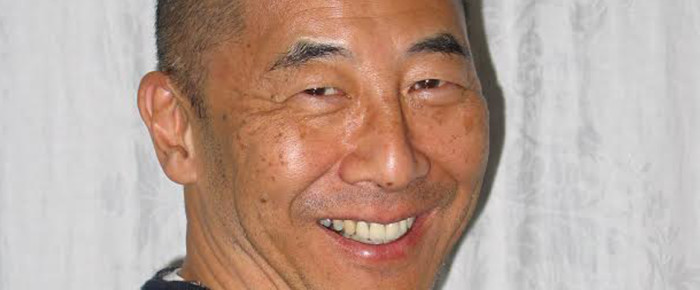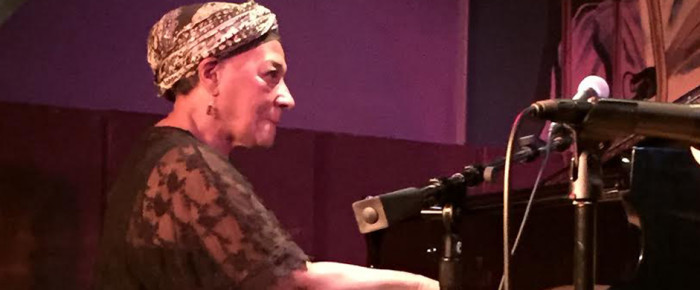Anthony Giovanniello grew up in an Italian-American household in Queens, NY, but for as long as he can remember, he says he’s had an affinity for Asian culture. “My parents…
Read moreFrom “Thunder Cats” to acupuncture and following your gut


Anthony Giovanniello grew up in an Italian-American household in Queens, NY, but for as long as he can remember, he says he’s had an affinity for Asian culture. “My parents…
Read more
Do you remember reading the play, “Zoot Suit” in high school or watching the movie “La Bamba” (1987), based on the life of 1950’s rocker Ritchie Valens, starring Lou Diamond…
Read more
Philip Chiang always wanted to be an artist, but life had other plans for him. At 67, he is the co-founder and consultant for the 200-plus Chinese restaurant chain, with…
Read more
Bertha Hope has been surrounded by music all her life. Her father Clinton (Henry) Rosemond was a dramatic baritone singer who traveled all over Europe to perform, she married two…
Read more